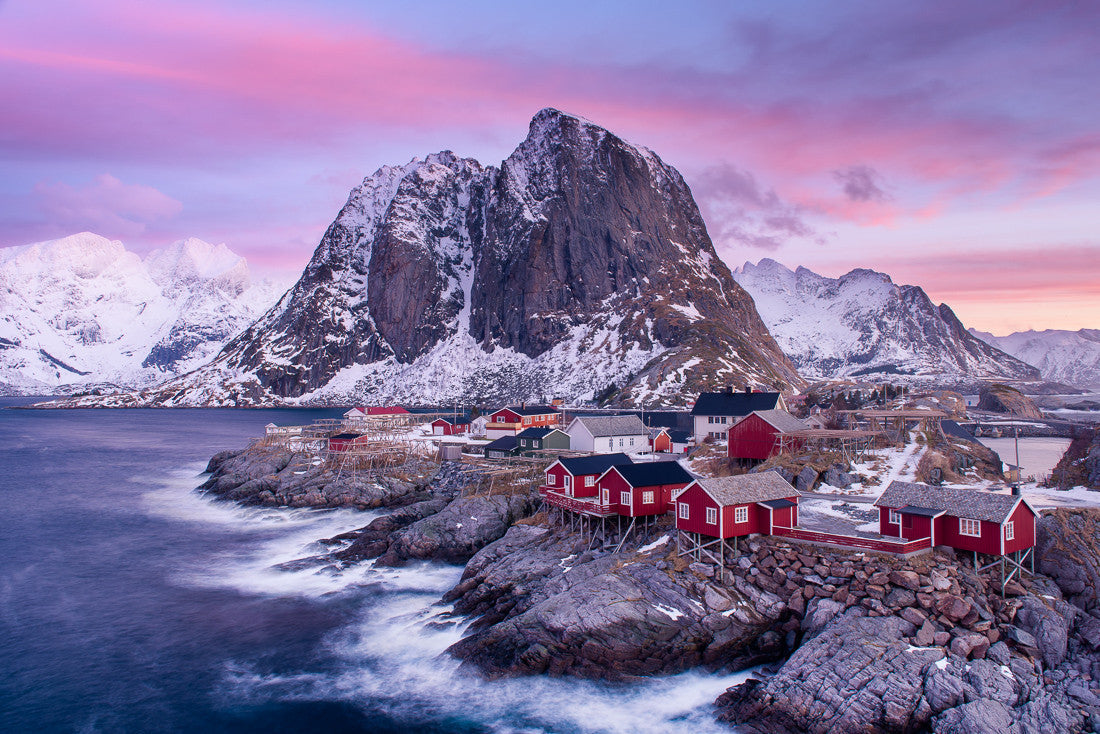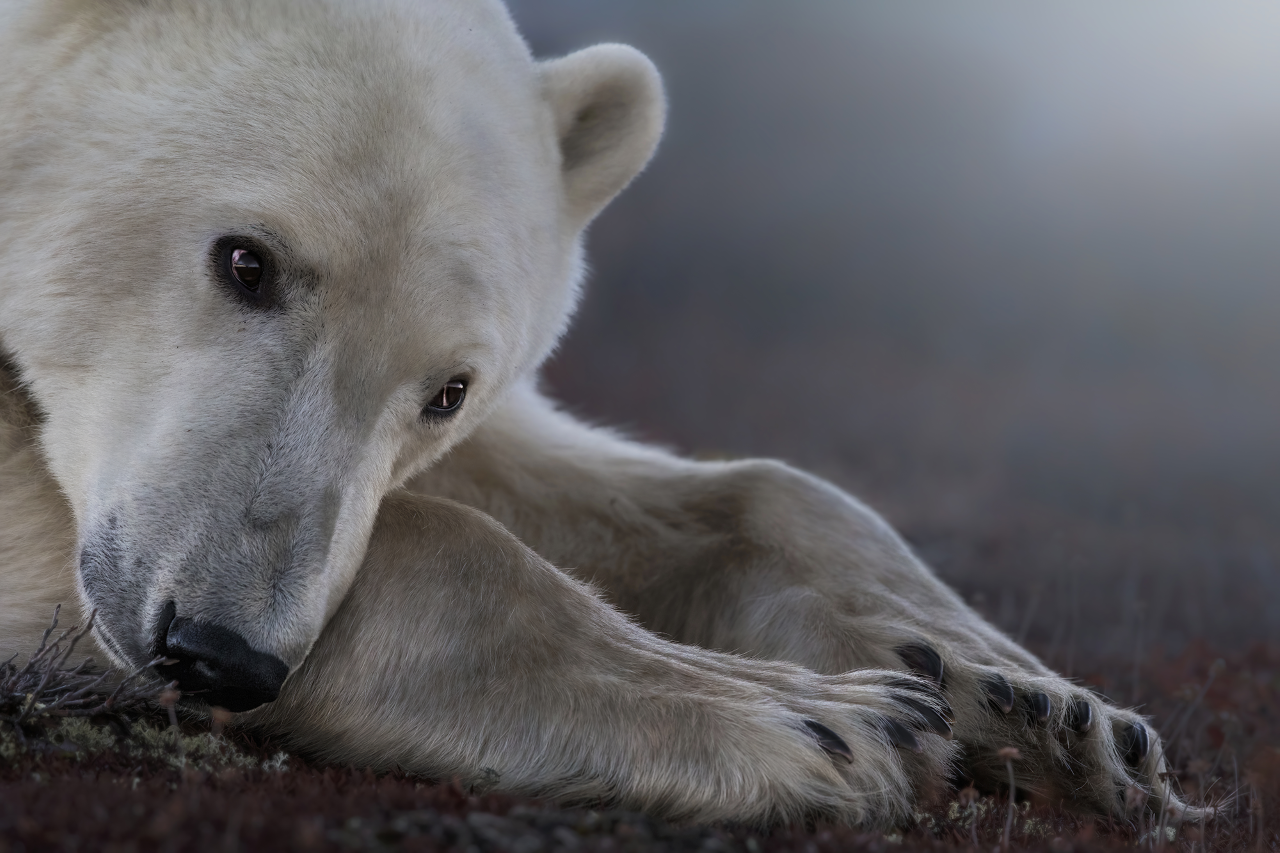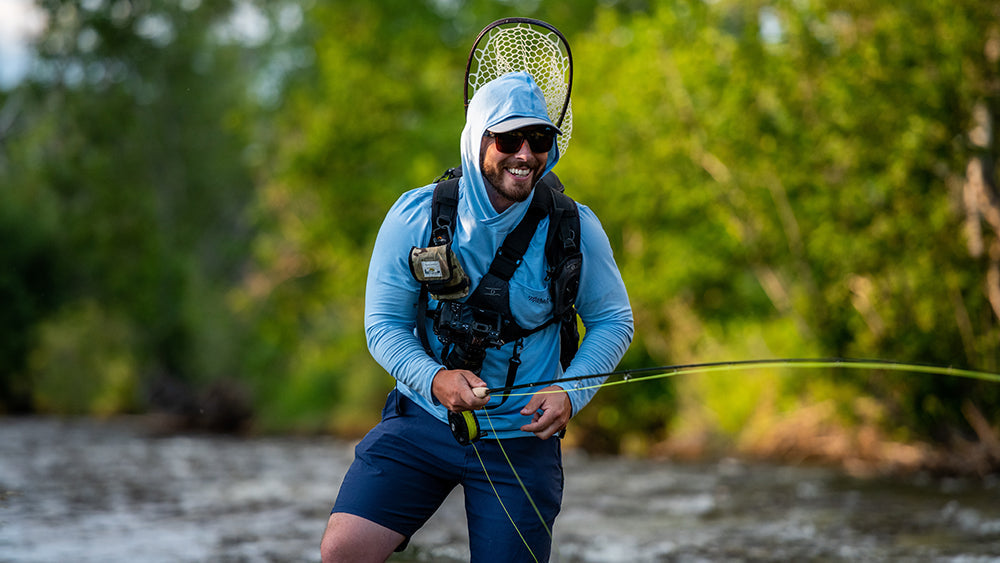This month we're launching a new blog series, Interview with a photographer, where we speak with photographers we admire and respect to learn more about their inspiration, their tips and tricks and any advice they have to give other budding photographers.
For the first in our series, we chatted with Michael Blanchette, a New Hampshire-based landscape photographer. Michael loves to explore his own backyard in addition to photographing the stark deserts of the Southwest, the majestic Rockies and parts of Europe.

* * *
Cotton Carrier: How long have you been taking photographs?
Michael: My interest in photography began in my early 20s when our first child was due. I wanted a good camera to photograph our new baby, so I bought my first film SLR camera. That was well over 30 years. However, a demanding career in computer software and a young family made it difficult to find time for photography. So, I took photos mainly on weekends and family vacations. But sixteen years ago, as a co-founder of a small software company, I had the luxury to”retire” from the industry while I was still relatively young. Suddenly, I was able to spend the bulk of my time chasing the passion that persists to this day.

Cape Cod
CC: How would you define your style as a photographer?
M: I consider myself a landscape photographer. My business motto is “Serenity in Landscapes”, which suggests a propensity for peaceful scenes that calm the mind. I strive to incorporate a sense of beauty, mystery, and simplicity in every image, preferring to photograph at the edge of day. I’ve also been an avid night photographer for many years, often using the night sky as background in my landscape photographs.
CC: Have you ever gone to photography school?
M: After buying my very first film SLR many years ago, I decided to take an evening course in photography. That may have been my only academic exposure to photography but it certainly caused me to catch the bug. I then went on a campaign to read every photography book I could find. And, I also joined several photography workshops to sap the experience and knowledge of professional photographers.

West Quoddy Head Light
CC: Where is your favourite place or thing to shoot?
M: Since I live only an hour or two from some of the most photogenic lighthouses in the country, I love to capture New England lighthouses during all seasons and at all hours of the day and night. My most popular photos tend to be of lighthouses along the beautiful coasts of Maine, Massachusetts, and Rhode Island. This is certainly not my only interest, but it is one that befits my New England roots.
CC: What Camera(s) / Lenses do you use?
M: I take two camera bodies with me in the field. Currently, my main camera is a Nikon D810 and my backup (and also night) camera is a Nikon D750. I carry three or four lenses, depending on the type of location. I always carry a Nikon 14-24mm lens, a Nikon 24-70mm lens, and a Nikon 70-200 lens. I rarely require a focal length longer than 200mm, but if I do, I will also bring my Nikon 300mm lens and a 1.4x teleconverter.

Kirkjufell Mountain, Iceland
CC: What’s the craziest thing you’ve ever done to get “The Shot”?
M: I’m not proud to admit it, but I’ve done my share of less-than-wise things for a shot. One example that comes to mind happened on a visit to Iceland. We were intent on photographing an out-of-the-way ice cave at the edge of a glacier, so we hiked out along a steep hill at the edge of a glacial lagoon. The hills were covered with loose rocks that regularly tumbled past our position, crashing onto the frozen lagoon. At one point, a sizable rock rolled past my leg, missing it by mere inches.
In the days preceding our hike, heavy rain had created several 8-foot-deep channels on the hillside, requiring us to climb down each channel and claw our way back up the other side. After hiking a few miles in these conditions, we arrived at our destination, but the ice cave had suffered severe damage from a recent avalanche of rocks and debris, making the shoot less than inspiring. We turned around and hiked back the same way we came.

Eaton, New Hampshire
CC: What advice would you tell an aspiring photographer?
M: If there’s one lesson I’ve learned over the years, it’s that persistence will always trump talent. I’m not saying that raw talent is not important, but rather that talent by itself is insufficient. You may be the most creative photographer in the world, but unless you keep going back to the same places over and over again, you’re not likely to capture those places at their best. So, I work hard to plan my excursions and keep going back until I have the image in hand that meets my expectations.
I also think we all have a tendency to brutally compare ourselves with other photographers. My advice is to learn as much as possible from experienced photographers, but never compare your work with others — it’s a slippery slope fraught with envy and frustration. Accept the fact that there will always be someone else out there who has produced a better image. Learn from them but focus on creating your own brand through your unique perspective, choice of subjects, and processing techniques.

Provence, France
CC: Any exciting photographic events coming up you’d like to share?
M: I’m certainly excited about my next European photography trip scheduled for May 2017. I’ll be joining up with a few English friends to photograph on several islands in the Outer Hebrides of Scotland. I’ve been to the Hebrides twice but there’s always something special about returning to a beloved place.
I’m also thrilled to announce that I’ll be co-leading my second “Best of New England Fall Foliage 2017” workshop with friend Ben Williamson on October 8-14, 2017. The 6-night photography workshop includes some of the best Vermont and New Hampshire destinations at the peak of fall foliage.
To see more of Michael's, check out his Facebook page.
Top photo: Lofoten Islands, Norway





